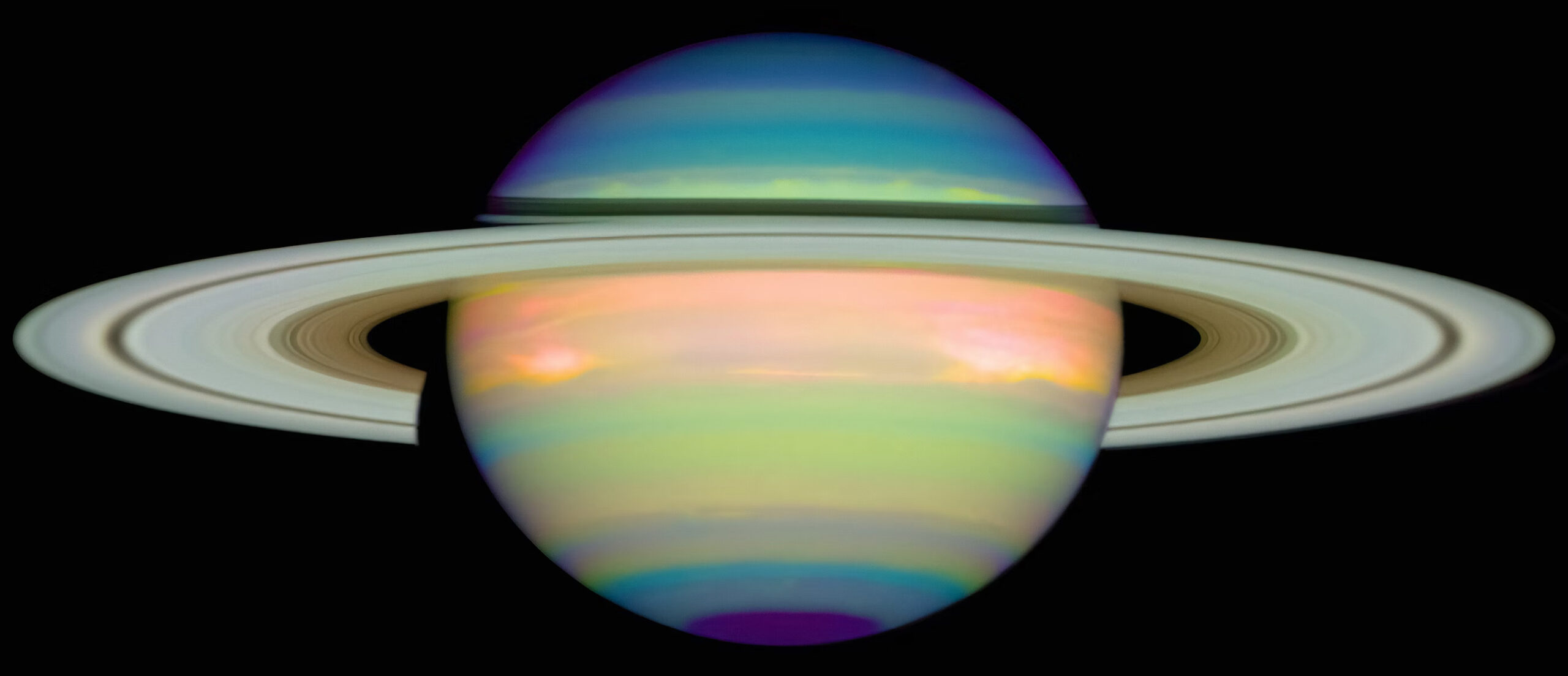Spring | Summer | Fall | Winter | |
2025 | Volume 67 |
| Volume 65 | Volume 66 |
Inauguration, June 2008
“The stars are only the father of your fate.
The mother is your own soul.”
Thank you for signing up for the newsletter!
I am thrilled to inaugurate “The Cosmic Kaleidoscope” on this day of maximum light – the summer solstice of 2008. - Penny Farrow
Welcome to the power of a moment in time.
With each passing moment the heavens rotate like the turning of a cosmic kaleidoscope. Each turn creates a unique pattern – one that may not appear again for millennia. The heavenly pattern present at the moment of birth indicates a unique trajectory for a person, a country or even an idea. It is as if the heavens are speaking and we have only to understand the language.
The sages of ancient India were interpreters of the cosmic language, linking these patterns to human destiny and passing on their revelations as part of the unbroken 5000-year tradition known as Jyotisha, or Vedic Astrology. They pass on the stunning conclusion that the stars, our cosmic kaleidoscope, reveal the patterns generated by the interactions of all the laws of nature, from macrocosm to microcosm. Their core insight tells us of the holographic nature of reality: As in the whole, so in the part. Thus, the patterns of the heavens are mirrored throughout manifestation. In fact, the reason we look to our cosmic counterparts is not only because they chart a higher order of reality, but also because their motion is slow and predictable enough that we can study the holographic patterns with relative ease.
Jyotisha is a study of the lights in the vault of heaven, but it is
also the development and application of the inner light of knowledge
and discrimination. Both outer and inner light illumine the
mystery of the cosmic patterns and help to align us with nature.
Jyotisha is therefore an “Old World science”, ordering our world and
empowering us with reverence for the mystery of underlying spirit.
Welcome to Jyotisha, the greatest of the divination arts in India.
The Summer Sky
Each issue of The Cosmic Kaleidoscope newsletter will have a section on the “real time” sky of the Northern Hemisphere (apologies to our friends in places down under) as well as patterns that have interesting astrological implications. This is not a cookbook piece of what it means for your chart but rather a way to encourage you to have a relationship with the natural sky. Many of us have lost that relationship due to life style, city lights, computers and TV. I encourage you all to get out there and wonder as all of your ancestors did since time immemorial.
Summer is the perfect time to renew your relationship with the sky. The warm summer evenings, ideal for star gazing, reward us with some the loveliest skies of the year. This summer promises to be even more spectacular than usual. The beautiful Milky Way with its unimaginable numbers of stars and star clusters is the show stopper high in the sky for most of the night. Jupiter is galloping through the constellation of Sagittarius and therefore visible for most of the night as well. The added bonus is that Jupiter is especially brilliant due to its retrograde motion which began on the 9th of May. It will stay retrograde (bright) through most of the summer. Look for it rising on the eastern horizon as the Sun goes down in early summer and high in the sky as one of the brightest objects overhead as summer progresses.
Although not directly on the ecliptic (the apparent path of the Sun around which the planets cluster), the brilliant stars of the Summer Triangle are hallmarks of the summer sky. Vega is the first to appear after sunset and forms one corner of the summer triangle. The second star is Deneb in the constellation of the Swan. Altair is the third star and lies the furthest south. It is in the constellation of the Eagle. You can download sky maps online (e.g. www.skymaps.com) to help orient you as you venture out and look at the night sky.
On an astrological note, Mars (as of today) has left its debilitation sign of Cancer where it was conjoined with the Rahu/Ketu axis and will move this summer through the constellations of Leo (where it will join Saturn) and Virgo. As the summer wears on, all the planets (except the Moon for some of the time) will wind up between the Rahu/Ketu axis forming a Kala Sarpa yoga sky pattern as well as various combinations of four planets in one house for periods of time. Saturn and the Sun will do a combustion dance for a few weeks at the end of August and into September.
The Building Blocks of Jyotisha
The Cosmic Kaleidoscope is a metaphor for the endless potential permutations in an individual’s chart. What are the constituents that make up these unique patterns? They are the three fundamental building blocks of Jyotisha – the grahas (planets), the bhavas (houses) and the rashis (constellations).
In this inaugural issue, it seems appropriate to introduce you to each member of this triad. I will be building on these basics in subsequent articles so you can have a greater appreciation for this wonderful Vidya and its relevance in helping you align with natural law.
The showy and mobile elements of the trio tend to grab our attention. Grabbing is an apt term because the heavenly bodies within our solar system that are so central to Jyotisha are called “grahas” – a word that means to grab or seize. This conveys a very different sense than the word planet which means to wander. While it is true that the grahas do “wander”, the fact that we find ourselves permeated with the thematic material a particular graha stands for is more powerful and relevant to us. It is as if we have put on a pair of colored glasses and see the world through the point of view of that influence. There are nine grahas in Jyotisha: Sun, Moon, Mars, Mercury, Jupiter, Venus, Saturn, Rahu and Ketu. The last two are called shadow grahas and will doubtlessly reappear in future articles.
The word bhava comes from the Sanskrit root “bhu”” which means “to be”. Bhava can therefore be thought of as a state or condition of a particular piece of the sky which stands for a portfolio of thematic material that can come forward in a person’s life. A chart is actually a map of the heavens in which all the cardinal directions and the intermediate points are divided into twelve bhavas or sections. The study of the quality of the bhavas and how the grahas are distributed within them is paramount in translating the cosmic pattern into the reality of an individual’s life.
The rashis are the constellations or star groupings that are familiar to most of us as the twelve solar signs, the signs that the Sun passes through in its annual path around the earth as seen from a geocentric point of view. The rashis become connected to the twelve sections of the sky, the bhavas, as a consequence of the time of birth or one of the many other means used to establish an initiation point to the trajectory of a life, question or whatever else is being examined through the tool of a Jyotisha chart. The consequence of this, among other things, is that the grahas can be placed in these sky sections according to what constellation they were moving through at that moment. For example, if the Sun was in the sign of Virgo on a particular day and Virgo was mapped as the fifth section of the sky for a particular birth time then any graha that was moving through the rashi or constellation of Virgo would be important in bringing out the themes of the fifth bhava. Once again, the implications of this will be brought out in future articles.
A myriad of fashionable techniques for chart analysis lead many students into relatively obscure nooks and crannies. However, a thorough understanding of this primary trio is the heart of Jyotisha.
The Media Corner
Often I am asked about books, videos or other media that are inspiring and instructive, adding to the quality of life for those who want to explore this knowledge. I am therefore including a section in each newsletter to highlight material that might be of interest to you.
To initiate the media corner of this first edition of The Cosmic Kaleidoscope, I would like to call your attention to the most authentic and clearly written book in English on Jyotisha available. “Light on Life” by Hart deFouw and Robert Svoboda is published by Lotus Press. Reviews of this book range from enthusiastic to reverent.
Light on Life makes no attempt to present shallow cookbook information. Rather, it is a book for serious students. It is written with such inspiration and power that it literally transforms the reader. It is the closest thing in print to oral tradition.
The introductory chapters present the grandeur of the Indian tradition and can be enjoyed and appreciated by readers of all backgrounds. The chapters that follow are brilliant expositions of the concepts of Jyotisha from the most elementary to the most advanced. This book merits and requires repeated study and focused concentration on small sections at a time as you move to higher levels of proficiency.
Light on Life and the original texts of Jyotisha precepts known as Shastra are the perfect combination for the library of aspiring students of this compelling subject.












